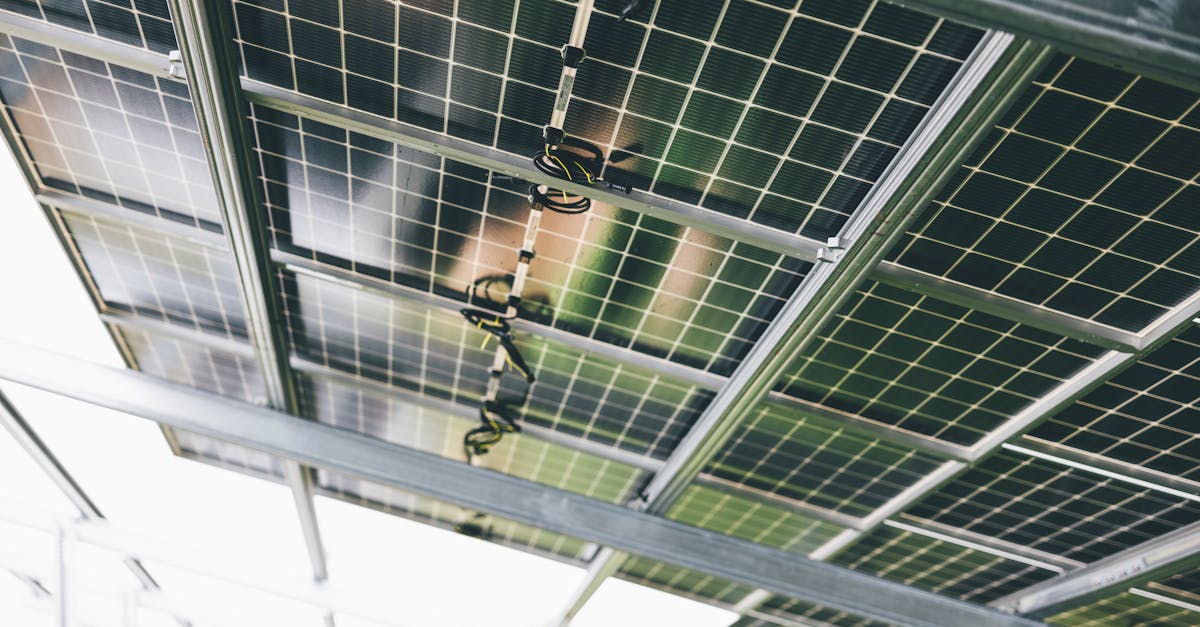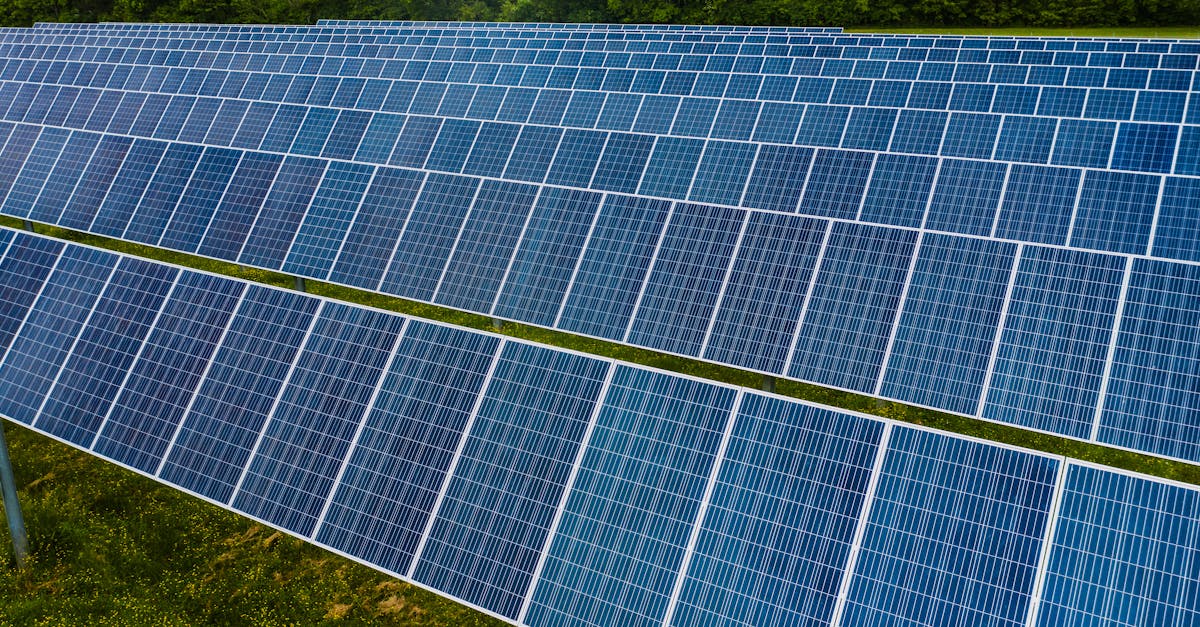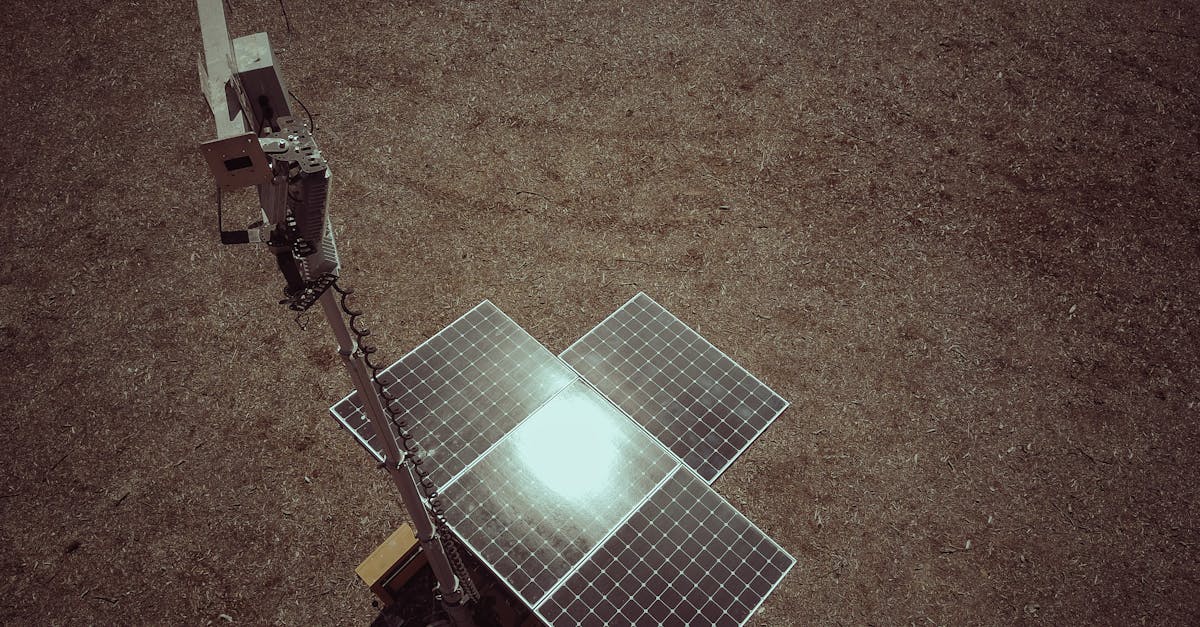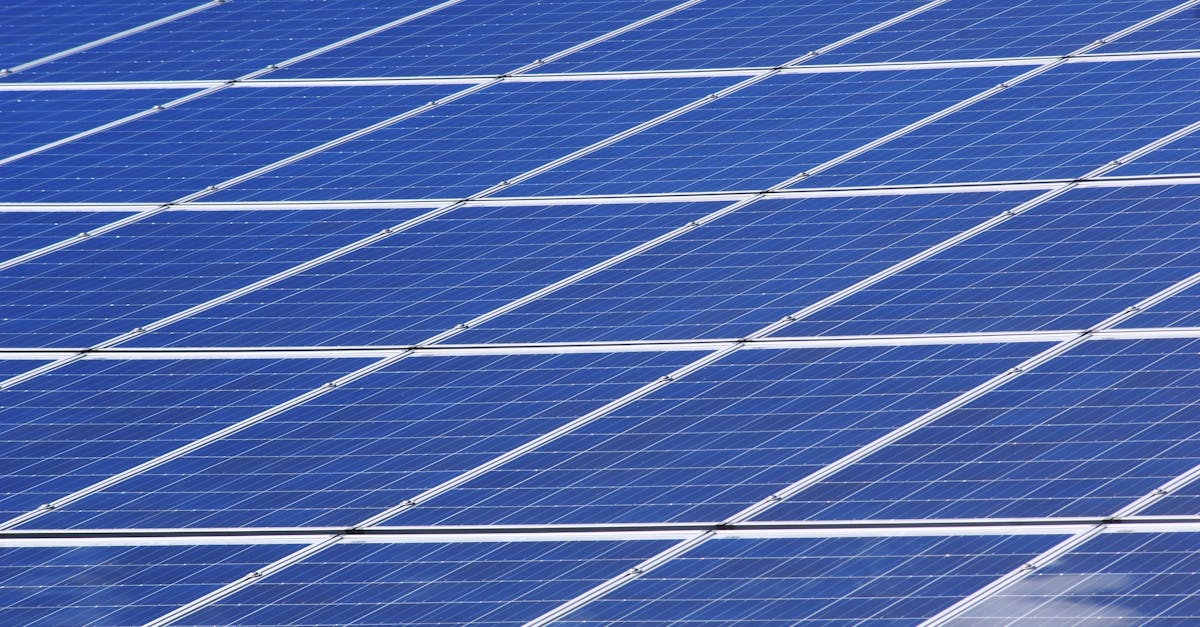Empowering the Future: Unleashing the Synergy of Solar and Hydro Power

In an era of increasing energy demands and environmental concerns, harnessing renewable sources like the sun and water has become crucial. This comprehensive guide explores the integration of Goal Zero’s Yeti 400 Solar Generator with micro hydro power plants, offering a sustainable solution for energy independence. By combining the portability and reliability of the Yeti 400 with the clean, renewable power of micro hydro, we can empower communities and pave the way for a brighter, more sustainable future.
Prepare to embark on an enlightening journey as we delve into the intricacies of solar and hydro power, uncovering their synergy and the profound impact they can have on our energy landscape. From understanding the components of these systems to practical step-by-step integration, this guide is tailored to provide valuable insights and inspire actions towards a cleaner, more self-sufficient energy future.
Thank you for reading this post, don't forget to subscribe!
Join us as we unravel the potential of renewable energy, showcasing real-world examples and case studies that demonstrate the transformative power of Yeti 400 Solar Generators and micro hydro power plants. Together, we can harness the sun and stream, unlocking a new era of energy independence and sustainability for generations to come.
1. Introduction: Empowering Energy Independence
In today’s world, the demand for reliable and sustainable energy sources is more pressing than ever. Renewable energy systems, particularly those harnessing solar and hydro power, have emerged as beacons of hope in the pursuit of energy independence and a greener future.
Solar power, harnessed through photovoltaic panels, converts sunlight directly into electricity. This clean, abundant energy source has become increasingly accessible and affordable, making it a viable option for homes, businesses, and communities alike. Hydro power, on the other hand, utilizes the kinetic energy of flowing water to generate electricity. Micro hydro power plants, in particular, are small-scale systems that can be implemented in areas with even modest water resources.
The integration of solar and hydro power systems offers a powerful synergy. Solar power can provide a steady source of electricity during daylight hours, while hydro power can take over during periods of low sunlight or high water flow. This combination ensures a reliable and resilient energy supply, reducing dependence on fossil fuels and minimizing environmental impact.
2. Yeti 400 Solar Generator: Powerhouse of Portable Energy

The Yeti 400 Solar Generator is a portable power station that combines a high-capacity lithium-ion battery with advanced power electronics. It’s designed to provide reliable, off-grid power for a wide range of devices, from smartphones and laptops to power tools and small appliances.
With a capacity of 400 watt-hours, the Yeti 400 can power multiple devices simultaneously for extended periods. It features multiple AC outlets, USB ports, and a 12V DC outlet, making it compatible with a variety of devices. The Yeti 400 also supports pass-through charging, allowing you to power your devices while simultaneously recharging the generator itself.
The Yeti 400 is built with durable materials and rugged construction, making it suitable for outdoor adventures and harsh environments. It’s also equipped with an LCD display that provides real-time information on battery level, power output, and input. Whether you’re camping, tailgating, or facing a power outage, the Yeti 400 provides peace of mind and reliable power when you need it most.
3. Micro Hydro Power Plants: Generating Clean Energy from Moving Water
Micro hydro power plants harness the kinetic energy of flowing water to generate clean, renewable electricity. These small-scale systems are typically installed in remote areas or communities with limited access to grid power. Micro hydro power plants utilize a variety of components, including a water intake, penstock, turbine, generator, and control system.
Water is diverted from a natural water source, such as a river or stream, into the intake. The water then flows through the penstock, a pipe that directs the water with increased pressure towards the turbine. The turbine converts the kinetic energy of the flowing water into mechanical energy, which is then used to spin the generator. The generator converts the mechanical energy into electrical energy, which can be used to power homes, businesses, and communities.
Micro hydro power plants offer several environmental benefits. They produce clean, renewable energy without emitting greenhouse gases or other pollutants. They also have a minimal impact on the surrounding environment, as they do not require large dams or reservoirs. Micro hydro power plants can provide a reliable and sustainable source of energy for remote communities, helping to improve their quality of life and reduce their reliance on fossil fuels.
4. Integration: A Synergy of Solar and Hydro Power

Integrating Yeti 400 Solar Generators with micro hydro power plants offers a powerful synergy, maximizing energy efficiency and reliability. By combining the strengths of both systems, we can create a robust and sustainable power solution for off-grid applications.
The Yeti 400 Solar Generator provides a portable and versatile source of power, while the micro hydro power plant generates clean, renewable energy from flowing water. Together, they can provide a reliable and resilient energy supply, reducing dependence on fossil fuels and minimizing environmental impact.
During periods of ample sunlight, the Yeti 400 Solar Generator can harness solar energy to charge its battery and power devices directly. When sunlight is limited, the micro hydro power plant can take over, generating electricity from the flowing water. This seamless integration ensures a continuous supply of power, even during extended periods of cloudy weather or at night. Additionally, the Yeti 400 Solar Generator can store excess electricity generated by the micro hydro power plant, creating a backup power source for critical loads. By combining these two renewable energy sources, we can optimize energy production and utilization, maximizing efficiency and minimizing waste.
5. Step-by-Step Guide to Seamless Integration
Integrating a Yeti 400 Solar Generator with a micro hydro power plant is a straightforward process that can be completed in a few simple steps. By following these steps, you can ensure optimal performance and reliability from your renewable energy system.
Step 1: Determine Power Needs and System Sizing Start by calculating your power needs to determine the appropriate size of micro hydro power plant and Yeti 400 Solar Generator. Consider the appliances and devices you will be powering, their power consumption, and how often they will be used. This will help you select a system that meets your energy requirements.
Step 2: Site Selection and Installation Choose a suitable location for your micro hydro power plant, ensuring there is a consistent flow of water with sufficient pressure. Install the micro hydro power plant according to the manufacturer’s instructions, paying attention to proper turbine sizing and water flow management.
Step 3: Electrical Connection Connect the micro hydro power plant to the Yeti 400 Solar Generator using the provided cables. Ensure the connections are secure and follow the manufacturer’s guidelines for proper wiring and grounding.
Step 4: System Monitoring Once the system is connected, monitor its performance using the Yeti 400 Solar Generator’s LCD display or a compatible monitoring system. This will allow you to track power generation, battery status, and identify any potential issues.
Step 5: Load Management To optimize system efficiency, consider implementing load management strategies. This can involve prioritizing critical loads during periods of low power generation and using the Yeti 400 Solar Generator to handle peak loads or provide backup power.
6. Case Study: Empowering Remote Communities

The integration of Yeti 400 Solar Generators and micro hydro power plants has brought significant benefits to remote communities around the world. Here are a few real-world examples:
Village Electrification in Alaska: In remote Alaskan villages, the combination of Yeti 400 Solar Generators and micro hydro power plants has provided reliable electricity to homes, schools, and community centers. These systems have improved the quality of life for residents, enabling access to essential services and economic opportunities.
Sustainable Tourism in Nepal: In the Annapurna region of Nepal, Yeti 400 Solar Generators and micro hydro power plants have been used to power eco-friendly lodges and trekking routes. This has reduced reliance on diesel generators and minimized the environmental impact of tourism, while providing a reliable energy source for visitors and local communities.
Empowering Indigenous Communities in Canada: In remote indigenous communities in Canada, the integration of Yeti 400 Solar Generators and micro hydro power plants has provided access to clean, affordable energy. These systems have improved living conditions, supported traditional practices, and fostered economic development in these communities.
7. Conclusion: Sustainable Energy Solutions for a Brighter Future
Integrating Yeti 400 Solar Generators with micro hydro power plants offers a powerful solution for achieving energy independence and sustainability. By harnessing the sun and water, these systems provide reliable, clean, and affordable energy for remote communities and off-grid applications.
The combination of solar and hydro power maximizes energy generation and efficiency, ensuring a continuous supply of electricity even during periods of limited sunlight or water flow. These systems reduce reliance on fossil fuels, minimizing environmental impact and contributing to a cleaner, more sustainable future.
Furthermore, the integration of Yeti 400 Solar Generators and micro hydro power plants empowers remote communities by providing access to essential services, education, and economic opportunities. These systems improve the quality of life, foster economic development, and promote social equity. By embracing renewable energy solutions, we can create a brighter future for generations to come.
What are the advantages of integrating Yeti 400 Solar Generators with micro hydro power plants?
Integrating Yeti 400 Solar Generators with micro hydro power plants offers several advantages. These systems combine the benefits of solar and hydro power, providing a reliable, clean, and efficient energy source. The integration maximizes energy generation, reduces reliance on fossil fuels, and contributes to a more sustainable future.
How can I determine the appropriate size of micro hydro power plant and Yeti 400 Solar Generator for my needs?
To determine the appropriate size of micro hydro power plant and Yeti 400 Solar Generator for your needs, you should start by calculating your power requirements. Consider the appliances and devices you will be powering, their power consumption, and how often they will be used. This will help you select a system that meets your energy demands.
What are some real-world examples of the successful integration of Yeti 400 Solar Generators and micro hydro power plants?
The integration of Yeti 400 Solar Generators and micro hydro power plants has been successfully implemented in various remote communities around the world. For example, these systems have provided reliable electricity to villages in Alaska, powered eco-friendly lodges in Nepal, and empowered indigenous communities in Canada.
How can I ensure optimal performance from my integrated Yeti 400 Solar Generator and micro hydro power plant system?
To ensure optimal performance from your integrated Yeti 400 Solar Generator and micro hydro power plant system, proper installation and maintenance are crucial. Follow the manufacturer’s guidelines for installation and regularly monitor the system’s performance using the Yeti 400 Solar Generator’s LCD display or a compatible monitoring system.
What are the environmental benefits of integrating Yeti 400 Solar Generators with micro hydro power plants?
Integrating Yeti 400 Solar Generators with micro hydro power plants offers significant environmental benefits. These systems generate clean, renewable energy from the sun and water, reducing greenhouse gas emissions and minimizing the environmental impact associated with fossil fuel consumption.
Quiz
1. True or False: Integrating Yeti 400 Solar Generators with micro hydro power plants maximizes energy generation and efficiency.
2. Which of the following is NOT an advantage of integrating Yeti 400 Solar Generators with micro hydro power plants? (a) Reduced reliance on fossil fuels (b) Increased noise pollution (c) Clean and renewable energy generation
3. What is the best way to determine the appropriate size of micro hydro power plant and Yeti 400 Solar Generator for your needs? (a) Guessing based on your estimated power consumption (b) Consulting with a professional installer (c) Calculating your power requirements
4. True or False: Micro hydro power plants require large dams or reservoirs to operate.
5. What is a key factor to consider when integrating Yeti 400 Solar Generators with micro hydro power plants? (a) The availability of sunlight (b) The flow rate of the water source (c) The compatibility of the electrical systems
Answer Key
- True
- (b) Increased noise pollution
- (c) Calculating your power requirements
- False
- (b) The flow rate of the water source




